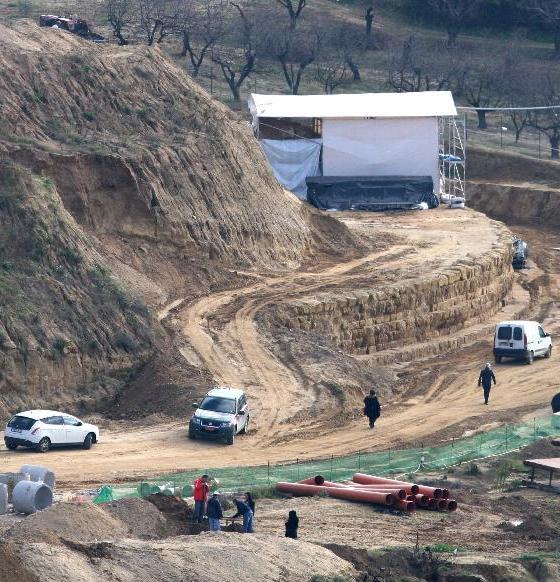
Mystery deepens over ancient Greek tomb
A geologist who took part in the excavation of the ancient burial mound in Amphipolis in northern Greece says the ancient tomb found together with a series of vaulted rooms wasn’t built at the same time, but somewhat later than the rooms themselves. Geologist Evangelos Kambouroglou also said Saturday that the mound inside which the rooms and the tomb were found is not man-made, as archaeologists had assumed, but a natural hill. He also said that the Lion of Amphipolis, a huge sculpture of a lion on a pedestal, which is more than 25 feet (7.5 meters) tall, was too heavy to have stood at the top of the tomb, as archaeologists had claimed.
The walls (of the tomb structure) can barely withstand half a ton, not 1,500 tons that the Lion sculpture is estimated to weigh.
Kambouroglou said
The vaulted rooms had been dated to between 325 B.C. — two years before the death of ancient Greek warrior-king Alexander the Great — and 300 B.C., although some archaeologists had claimed a later date. Katerina Peristeri, the chief archaeologist in the recent excavation, had advanced the theory that a member of Alexander’s family, or one of his generals, could be buried in the tomb. But the discovery of the boxy grave and the five bodies cast doubt on that theory and Kambouroglou’s announcement appears to disprove it entirely. Some archaeologists present during Saturday’s announcement criticized Peristeri’s absence and her methods.

Science